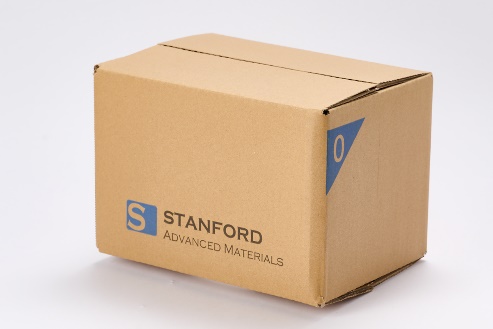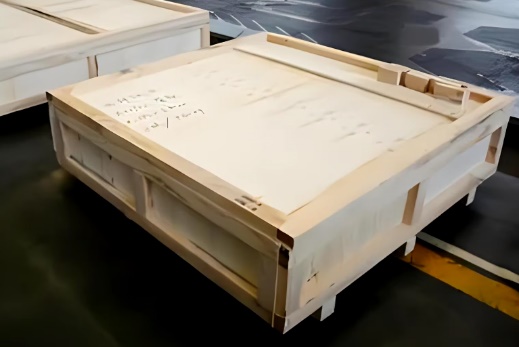LiMn2O4 Single-Side Coated Aluminum Foil Description
LiMn2O4 (LMO) Single-Side Coated
Aluminum Foil is a specialized cathode material used in the development and
prototyping of lithium-ion batteries. It consists of a uniform layer of lithium
manganese oxide coated on one side of high-purity aluminum foil, which acts as
a lightweight and conductive current collector. LiMn2O4 is valued for its
three-dimensional spinel crystal structure, which allows for excellent
lithium-ion diffusion, leading to high-rate capability and fast charging
performance.
This cathode material is known for
its superior thermal stability, safety, and environmental friendliness compared
to cobalt-based materials. It operates at a voltage plateau of around 4 V vs.
Li/Li⁺, providing moderate energy density and good cycling stability. The single-side
coating design makes it ideal for controlled laboratory studies, allowing
researchers to investigate cathode behavior under various test conditions.
The foil is manufactured by
dispersing LiMn2O4 powder with a conductive additive and binder in a solvent to
form a slurry, which is then coated onto the aluminum substrate, dried, and
calendared to ensure a consistent and robust electrode layer. This product is
commonly used in battery R&D, educational demonstrations, and performance
evaluations for electric tools, e-bikes, and other medium-power applications.
LiMn2O4 Single-Side Coated Aluminum Foil Applications
1. Lithium-Ion Coin and Pouch Cell Prototyping: Used as a
cathode material in lab-scale cells for performance testing and development.
2. Battery Research and Development: Ideal for evaluating
thermal stability, rate capability, and cycle life in academic and industrial
R&D.
3. Electric Bicycles and Power Tools: Serves as a reference
cathode for applications requiring moderate energy density and good safety.
4. Energy Storage Systems (ESS): Suitable for low- to
mid-power storage applications where long cycle life and cost-effectiveness are
priorities.
5. Educational Use: Frequently used in university labs for
demonstrating cathode behavior and cell assembly processes.
6. Fast-Charging Applications: LMO's spinel structure
supports rapid lithium diffusion, making it ideal for systems requiring high
charge/discharge rates.
LiMn2O4 Single-Side Coated Aluminum Foil Packaging
Our products are packaged in customized cartons of various
sizes based on the material dimensions. Small items are securely packed in PP
boxes, while larger items are placed in custom wooden crates. We ensure strict
adherence to packaging customization and the use of appropriate cushioning
materials to provide optimal protection during transportation.


Packaging: Carton, Wooden Box, or Customized.
Kindly review the packaging
details provided for your reference.
Manufacturing Process
1. Testing Method
(1) Chemical Composition Analysis - Verified using techniques
such as GDMS or XRF to ensure compliance with purity requirements.
(2) Mechanical Properties Testing - Includes tensile strength,
yield strength, and elongation tests to assess material performance.
(3) Dimensional Inspection - Measures thickness, width, and
length to ensure adherence to specified tolerances.
(4) Surface Quality Inspection - Checks for defects such as
scratches, cracks, or inclusions through visual and ultrasonic examination.
(5) Hardness Testing - Determines material hardness to confirm
uniformity and mechanical reliability.
Please refer to the SAM testing procedures for detailed information.
LiMn2O4 Single-Side Coated Aluminum Foil FAQs
Q1. What is the main advantage of using LiMn2O4 as a
cathode material?
LiMn2O4 offers excellent thermal stability, good rate
capability, and improved safety compared to cobalt-based materials, making it
ideal for medium-power and fast-charging applications.
Q2. Why is the coating only on one side of the foil?
Single-side coating simplifies cell assembly and is ideal
for controlled testing in laboratory and research settings.
Q3. What is the operating voltage of LiMn2O4 cathodes?
LiMn2O4 typically operates at around 4.0 V vs. Li/Li⁺,
providing a stable voltage plateau for lithium-ion batteries.
Related Information
1. Common Preparation Methods
The preparation of LiMn2O4 (LMO)
Single-Side Coated Aluminum Foil begins with the formulation of a slurry
composed of LiMn2O4 powder, a conductive carbon additive such as Super P, and a
binder like polyvinylidene fluoride (PVDF) dissolved in N-methyl-2-pyrrolidone
(NMP). The slurry is mixed thoroughly to achieve uniform dispersion and proper
viscosity. This mixture is then evenly coated onto one side of a high-purity
aluminum foil using a precise coating method such as doctor blade or slot-die
coating. After the coating process, the foil is dried under controlled
conditions to evaporate the solvent and solidify the electrode layer. The dried
coated foil is then subjected to calendaring, where it is compressed using
rollers to achieve the desired thickness, electrode density, and surface
uniformity. After calendaring, the material is cut or slit into specific shapes
and sizes for laboratory use or further assembly. The final product is
inspected for coating adhesion, thickness consistency, and surface integrity to
ensure it meets quality standards for lithium-ion battery research and
development.